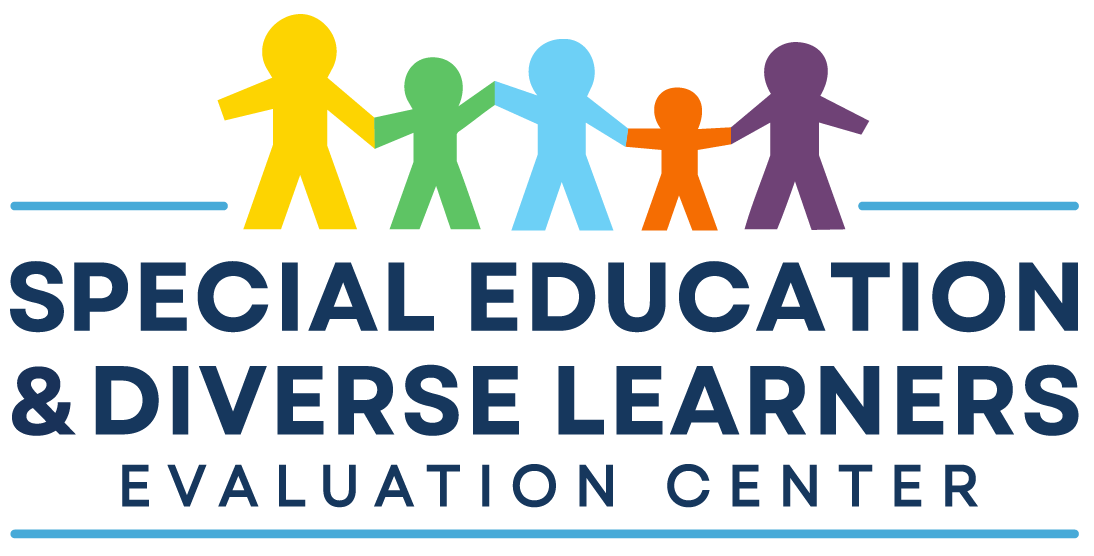What does the evaluation process determine?
The Evaluation determines whether your child has an educational disability AND whether your child requires specially designed instruction and/or related services. The report that is compiled and written by the evaluation team (which includes you, the parent) is called an Evaluation Report (ER).
Who participates in the evaluation?
The evaluation is conducted by an evaluation team.
- Under Pennsylvania regulations, the evaluation team must include a certified school psychologist when evaluating for these disabilities: Autism, emotional disturbance, intellectual disability, multiple disabilities, other health impairment, specific learning disability and traumatic brain injury.
- Parents must always be part of an evaluation team.
- The regular education teachers are also a part of this team because they have been teaching the child, and know how the child performs in relation to his or her peers.
- A special education teacher, special education supervisor or other instruction specialist could also be a member of the evaluation team, because of their expertise.
School psychologists are uniquely qualified members of school teams who apply expertise in mental health, learning, and behavior, to help children and youth succeed academically, socially, behaviorally, and emotionally. Your School’s Psychologist will assist the multi-disciplinary evaluation teams to determine your child’s eligibility to receive special education services.
How long does the evaluation take?
From the date that the parent/guardian signs and returns the PTE form to their school, that school has 60 calendar days to evaluate your child and notify you of the results. Note: The 60 calendar days do not include the summer months after a school year has ended.
How do I get my child evaluated, if I suspect my child is eligible for special education?
School districts must identify and evaluate all students who are thought to have a disability and who may be eligible for special education or related services. If you suspect your child is eligible, you can submit a request, in writing, to the Principal at your child’s school to start the process. Once you make the request the school will either issue a “permission to evaluate” (PTE) or explain, in writing, why a PTE may
What happens after an evaluation ?
An evaluation team reviews all materials and writes a report called an Evaluation Report (ER) that states if your child has a disability and if your child needs special education. It makes recommendations about the type of services your child may need. The said recommendations, will be developed at an Individualized Education Program (IEP) meeting that you (the parent) will be invited to participate in.
Note: The evaluation or reevaluation, will inform you of additions or changes (i.e, Accommodations, Modifications) that are needed to help your child meet the goals in your child’s educational program described in your child’s Individualized Education Program (IEP).
- Accommodations are teaching supports and services that the student may require to successfully demonstrate learning. Accommodations change the “how” of learning, but do not change expectations to the curriculum grade levels. Accommodations may involve special seating, frequent breaks, or extended time on tests.
- Modifications are changes made to the curriculum expectations in order to meet the needs of the student. Modifications are made when the expectations are beyond the student’s level of ability. Modifications may include modified homework assignments, alternate forms of assessment such as portfolios, and changes to the curriculum. Modifications change the “what” of learning.
As a parent, you are uniquely qualified to know your child’s learning strengths and weaknesses. School professionals will utilize your knowledge in designing a special education program for your child’s benefit.
NOTE: Children who have disabilities that substantially limit their participation in or access to school programs, but who do not need special education, may qualify for reasonable accommodations in the general classroom under Section 504 of the Rehabilitation Act of 1973 and other Pennsylvania education regulations. The rules – called Chapter 15 – that apply are different from those for students needing special education who qualify by meeting the two-part criteria listed above.
